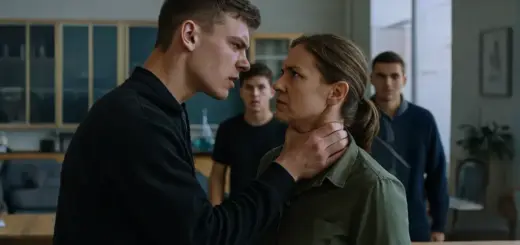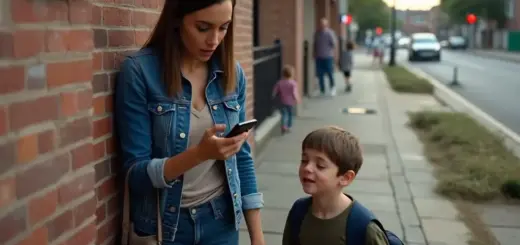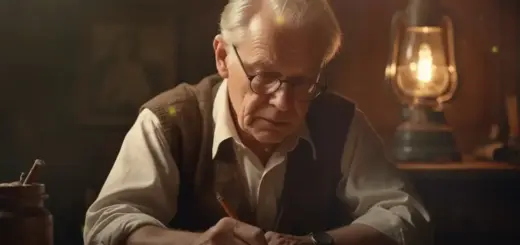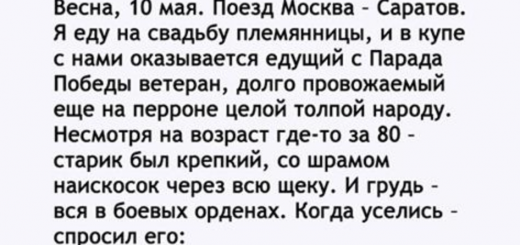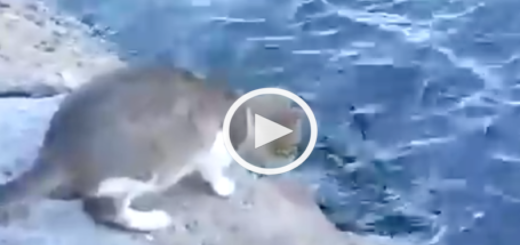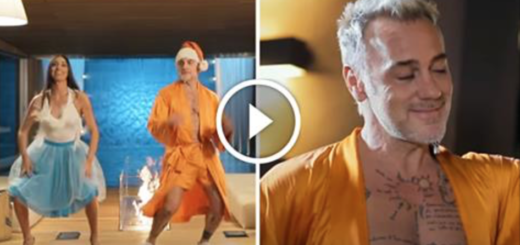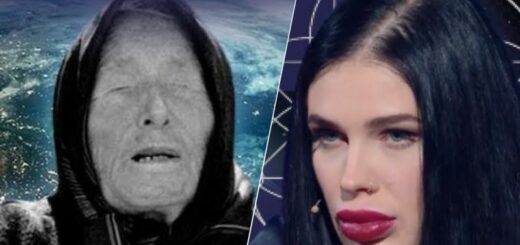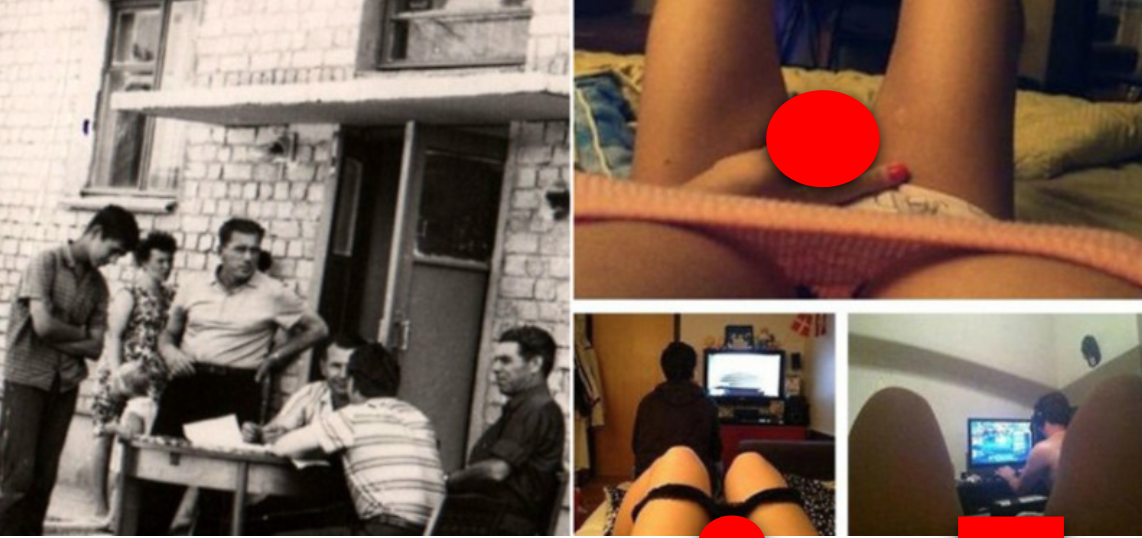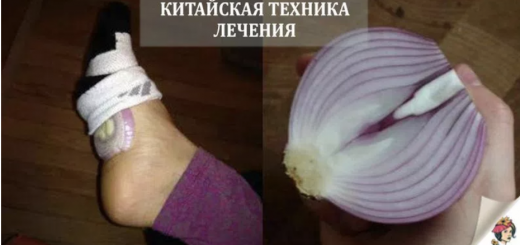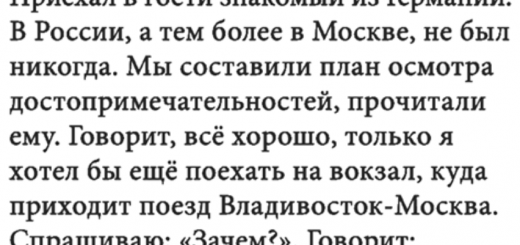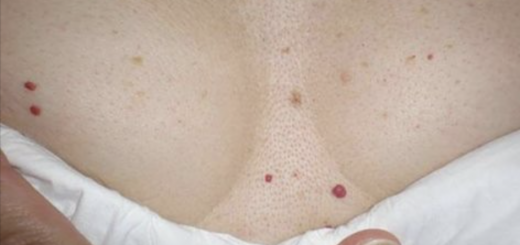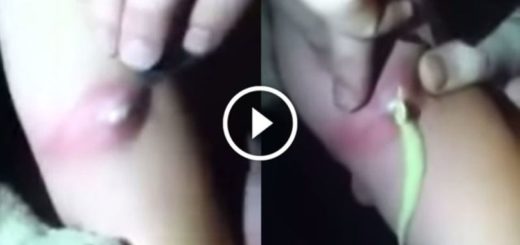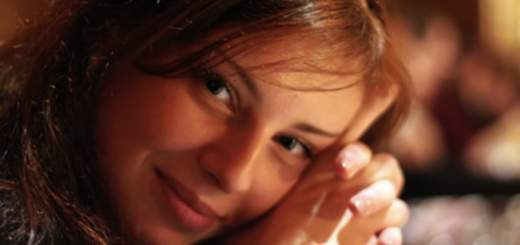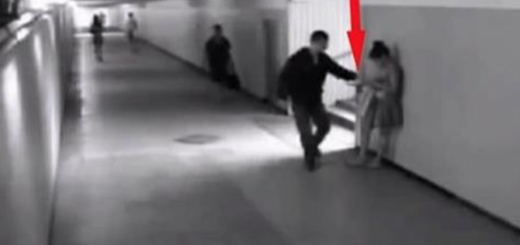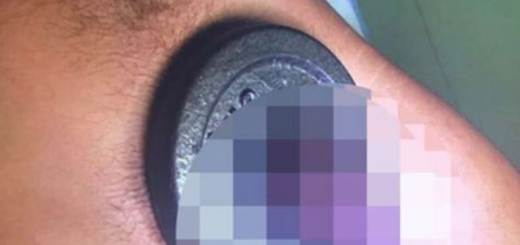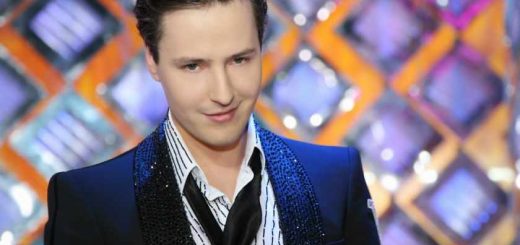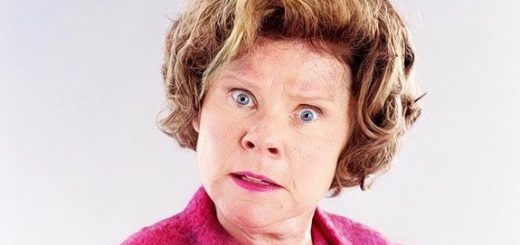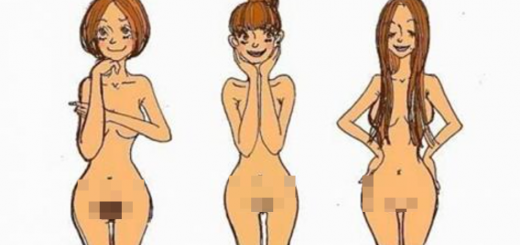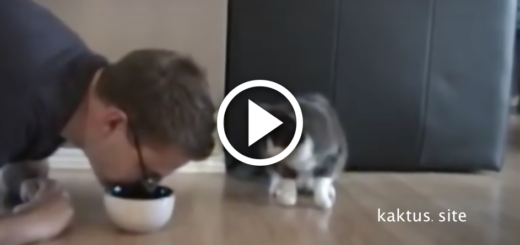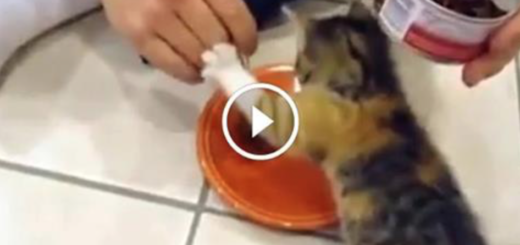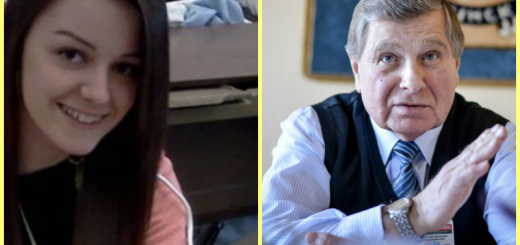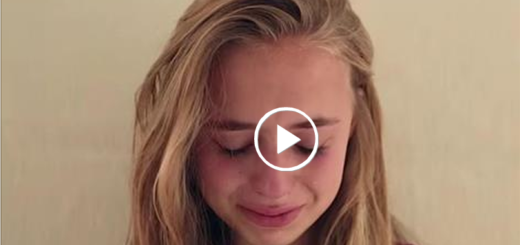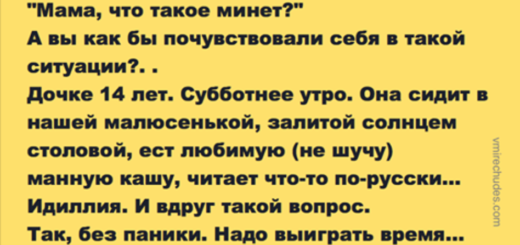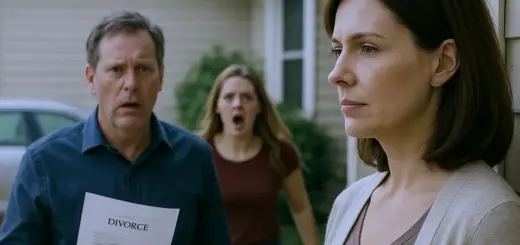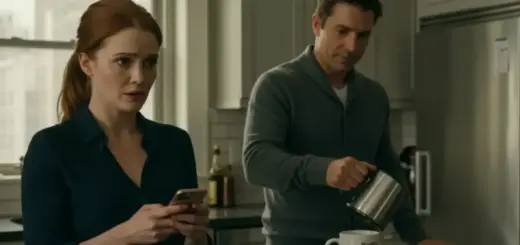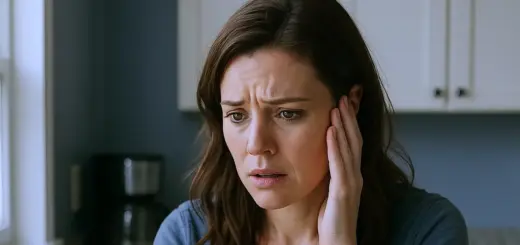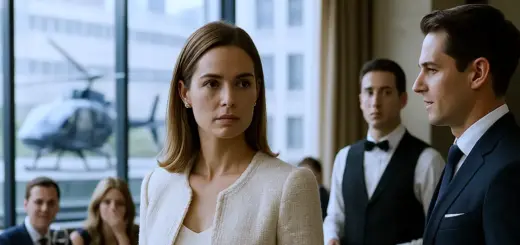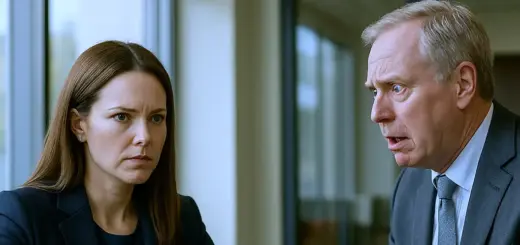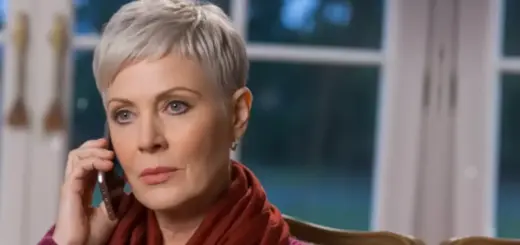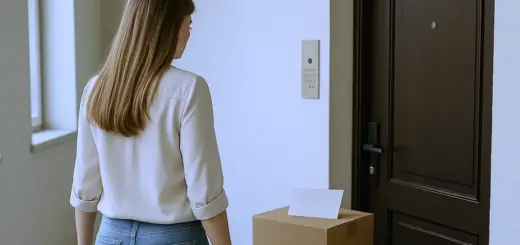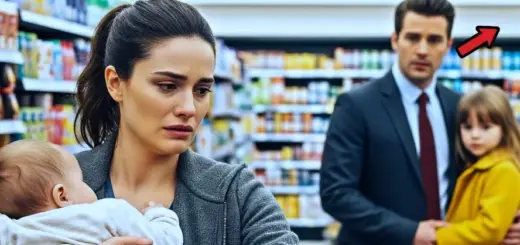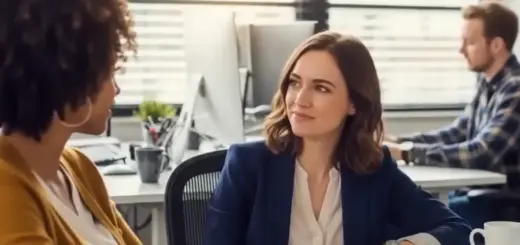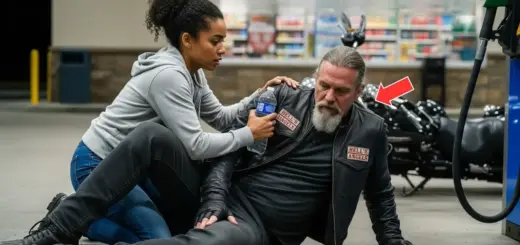I waited for the catch, the hidden expectations, the impossible standards. They never came. The contrast between the Millers and my birth parents was disorienting. The first time I spilled a glass of juice at dinner, I froze in terror, waiting for the explosion of anger. Instead, Sarah simply handed me a cloth, saying, «No worries, accidents happen.»
Trust came slowly, painfully. I kept waiting for the Millers to reveal their true selves, to drop the act of kindness and show the cruelty I’d been trained to expect from adults. But day after day, they remained consistent in their gentle support.
Meanwhile, the legal process continued. My parents attended mandatory parenting classes and counseling sessions, making what Grace called «minimal effort.» They complained to anyone who would listen that the state had overreacted to a «simple parenting choice.»
Dr. Reynolds, my therapist, helped me understand what had happened in clinical terms: emotional abuse, neglect, abandonment. She diagnosed me with PTSD and anxiety, introducing coping mechanisms that actually helped. For the first time, I learned that my parents’ behavior wasn’t normal, and more importantly, it wasn’t my fault.
«Nothing you could have done would have justified what they did,» Dr. Reynolds emphasized repeatedly, until I began to believe it.
Three months into my stay with the Millers, Ethan came to visit. Now 16, my brother seemed smaller somehow, less the golden child and more just a teenager uncomfortable in his own skin. We sat awkwardly in the Millers’ living room while Sarah busied herself in the kitchen, giving us privacy while remaining within earshot.
«They miss you,» Ethan said finally, staring at his hands.
«Do they?» I asked, skeptical.
«In their way,» he admitted. «Dad’s drinking more. Mom’s always cleaning, even when the house is spotless.»
«Are they sorry?»
Ethan hesitated. «They’re sorry you’re gone. I don’t think they understand why what they did was wrong.»
«And you?» I challenged. «Do you understand?»
My brother looked up, his eyes meeting mine directly for perhaps the first time. «I knew they were harder on you. I should have said something, done something. I’m sorry, Jen.»
It wasn’t enough. But it was honest.
Ethan and I talked for another hour, cautiously navigating our shared past from our now different perspectives. Before leaving, he hugged me awkwardly and whispered, «I’m glad you’re safe.» We didn’t speak again for many years.
The court proceedings culminated in a hearing six months after the train station incident. Based on psychological evaluations, home studies, and my own testimony, the judge determined my parents had demonstrated a pattern of emotional abuse culminating in severe neglect and endangerment.
My parents were given a choice: complete an intensive two-year rehabilitation program with supervised visitation or surrender their parental rights. To everyone’s surprise but mine, they chose the latter.
«We won’t be vilified for trying to raise a strong, independent daughter,» my father declared to the court. «If the state thinks it can do better, let it try.»
And just like that, with the stroke of a pen, Frank and Karen Taylor were no longer legally my parents. Three months later, on my thirteenth birthday, Thomas and Sarah Miller asked if I would like them to adopt me. By then, I had begun to believe in the permanence of their care, the consistency of their love.
«Yes,» I answered without hesitation.
The adoption was finalized shortly before my fifteenth birthday. As part of the process, I requested a legal name change from Jennifer Taylor to Megan Miller—a new name for my new life.
«You’ll always be whoever you want to be in our home,» Sarah assured me when I nervously proposed the change. «We just feel lucky to be part of your journey.»
Art became my salvation during those transformative years. Thomas recognized my talent early and nurtured it with supplies, books, and gentle guidance. The sketchbooks I filled became a visual diary of my healing process, starting with dark, fragmented images that gradually gave way to color, form, and eventually, hope.
High school brought new challenges and opportunities. Making friends wasn’t easy; trust issues don’t disappear overnight. But slowly, I built connections with a small group of fellow art students who accepted my quiet nature and occasional anxiety attacks without judgment.
College applications loomed on the horizon. With Thomas and Sarah’s encouragement, I set my sights on the School of the Art Institute of Chicago—ambitious, but not impossible.
«Wherever you want to go, we’ll help you get there,» Thomas promised.
The acceptance letter arrived on a snowy March afternoon during my senior year. Sarah cried tears of joy. Thomas insisted on framing the letter, and I allowed myself to truly believe that the future could be something bright and beautiful, of my own making.
Before leaving for college, I made a decision that had been forming for years. I would completely cut ties with my birth family. No contact, no updates. No connections to the people who had so callously discarded me.
«Are you sure?» Sarah asked gently. «You might feel differently someday.»
«I’m sure,» I replied. «The Taylors are my past. You’re my family now.»
And with that resolution firmly in place, I stepped forward into my future.
College at the School of the Art Institute of Chicago opened up a world I’d only dreamed about. The campus buzzed with creative energy: students with bright hair and unconventional clothes, professors who spoke about art like it could change the world, and everywhere, the freedom to experiment and grow.
My first semester was overwhelming but exhilarating. I declared a major in graphic design, discovering a passion for combining visual art with practical communication. Each successful project built confidence that had been systematically dismantled throughout my childhood.
Thomas and Sarah supported me from afar, sending care packages during finals and respecting my need for independence while ensuring I knew their home remained my sanctuary whenever I needed it. The balance they struck showed me what healthy parent-child relationships could look like, even as I entered adulthood.
Sophomore year brought Audrey into my life. We met in a color theory class where her bold experiments with neon pigments contrasted with my more restrained palette. Somehow, this difference drew us together rather than apart.
«You’re the most careful artist I’ve ever met,» she observed over coffee after class one day. «Every mark you make is deliberate.»
«Is that bad?» I asked defensively.
«Not bad,» she clarified. «Just interesting. Makes me wonder what happens when you let go.»
Audrey’s friendship challenged me in ways I desperately needed. She pushed me creatively but respected my boundaries personally. When I finally shared snippets of my past with her, she listened without pity or horror, then simply said, «They really screwed up losing someone like you.»
It was Audrey who convinced me to try dating during junior year, after I’d spent college avoiding anything beyond casual friendships. «You don’t have to trust everyone,» she reasoned. «But maybe try trusting someone.»
Brian was a photography major with kind eyes and patient hands. Our first date, coffee at a tiny cafe near campus, stretched into a five-hour conversation. He talked about growing up in rural Wisconsin, his parents’ dairy farm, his three younger sisters.
I shared carefully edited versions of my own background, testing his reactions. «My birth parents weren’t good people,» I explained vaguely. «I was adopted as a teenager.»
«Family is complicated,» he replied simply. «I’m more interested in who you are now than where you came from.»
Our relationship developed slowly. Brian never pushed for more intimacy, emotional or physical, than I was ready to give. The first time he reached for my hand and I flinched away, he simply nodded and continued our conversation as if nothing had happened. The next time, I was ready.
Dr. Reynolds had prepared me for the challenges of adult relationships after childhood trauma. «Trust issues don’t just affect romantic partnerships,» she’d explained. «They color every human connection. The key is awareness—recognizing when your reactions stem from past wounds rather than present realities.»
This awareness helped when Brian and I hit our first serious conflict eight months into dating. A miscommunication about plans led to me waiting alone at a restaurant for over an hour. By the time he arrived, profusely apologetic about his phone battery, I was locked in a bathroom stall, hyperventilating.
«You left me,» I accused later, the words carrying the weight of abandonment far beyond a delayed dinner.
Brian listened as I explained—really explained—what had happened at the train station all those years ago. When I finished, he didn’t offer empty platitudes or awkward sympathy.
«I can’t promise I’ll never disappoint you,» he said finally. «But I can promise I’ll never deliberately hurt you. And I’ll always, always come back.» It wasn’t enough to heal all wounds, but it was honest. Our relationship continued, stronger for the vulnerability we’d shared.
Graduation approached with a mixture of excitement and anxiety. The protective bubble of academia was ending. The real world awaited. Thanks to a professor’s recommendation, I secured an interview at Element Design, a mid-sized firm specializing in branding for nonprofits and sustainable businesses.
«We like your portfolio,» the creative director told me after reviewing my work. «But more importantly, we like your approach. There’s a thoughtfulness in your designs that can’t be taught.»
I started at Element two weeks after graduation, renting a tiny studio apartment 20 minutes from the office. The space was all mine, the first time I’d lived completely alone. I painted the walls soft blue, hung my own artwork alongside prints from artists I admired, and bought plants that required daily care—a small exercise in nurturing life.

